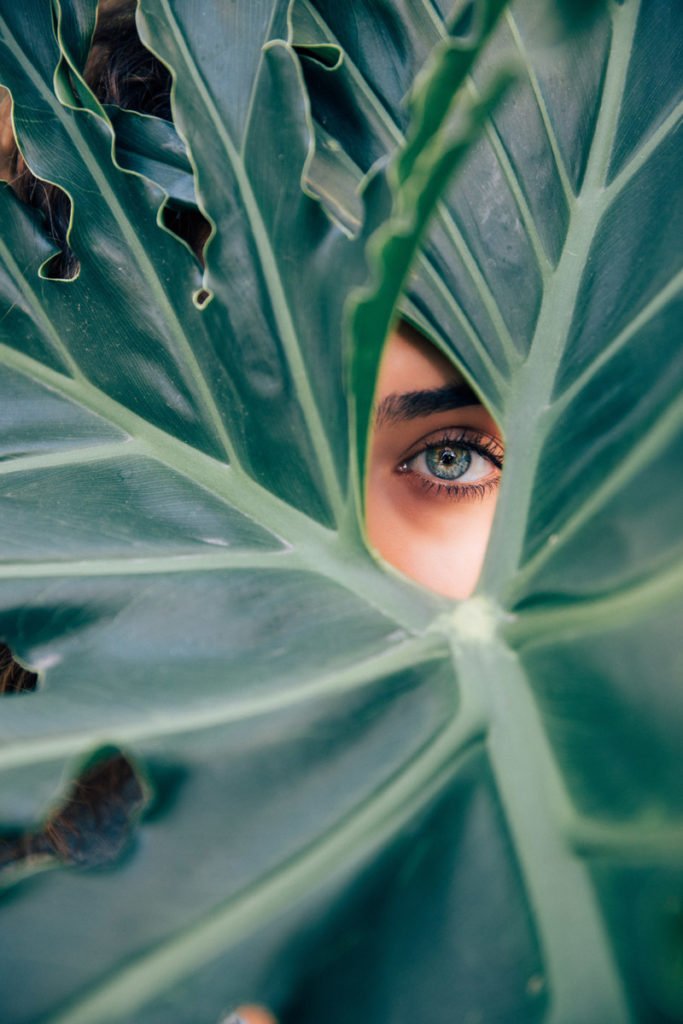how to use the 7 principles of art and design in photography
To avoid taking bland images follow these top landscape photography tipsCreate DepthUse a Wide-Angle LensUse Photographic FiltersCapture MovementUse. Directs the eye horizontal vertical diagonal curvy zig-zag etc.

7 Principles Of Art And Design And How To Use It In Photography Reminiscent Studio
Think about these design principles every time you are shooting a new photograph.

. Now that youre familiar with the ideas behind the principles of design lets take a closer look at each of the seven principles. Have you ever wondered how elements of a photograph come together to form a successful image. The use of these principles can help determine whether a painting is successful and whether or not the painting is finished.
The principles of art and design are. Using patterns in photography can create a. How to Use Colour in Photography.
The elements of art and design are the tools of visual artists. The principles of art and design are balance contrast emphasis movement pattern rhythm and unityvariety. Has greater length than width.
Knowing the fundamental elements and applying them to your piece with a clear understanding will help you make it powerful enough to convey a message. Those principles include repetition contrast balance unity and emphasis. Elements The basic building blocks Line ShapeForm Space Value Texture Color.
Design differs from art in that it has to have a purpose. Using the 7 Principles of Design in Photography. A line can be made in two ways.
None of them are mutually exclusive and many of them rely on others to become impactful. Line creates division and hierarchy within a design and can help direct a readers eye towards specific information or a chosen focal point. The 7 Principles of Design.
GCSE Art and Design learning resources for adults children parents and teachers organised by topic. Photography Composition using the Elements and Principles of Art. The elements of design are the tools you use to create a work of art.
The seven elements of art are. Similarity is a concept that creates a calming effect in its viewers. To plan a great work of art you need to first know the basic elements and principles of design.
These seven principles work together and play off one another. The fundamental principles of design are. As a linear mark created using a pen brush or other digital tool between two connected points.
Lets get to them and see what each of them means. The artist decides what principles of art he or she wants to use in a painting. The main principles of graphic design are balance contrast emphasis repetition and pattern proportion movement white space unity and variety.
There are seven commonly accepted elements of design. Lines A mark made by a moving point. When the time comes to create or revamp your sparkling photography portfolio youll apply these 7 principles of design to make sure that your composition is solid and aesthetically enticing.
It is a sense. The principles of design are the rules a designer must follow to create an effective and attractive composition. A good composition uses these elements for the photo to be aesthetically pleasing and well-balanced.
The principles of design are a set of guidelines adopted by modern designersfrom architects to graphic designers and everyone in between. The principles of art and design are balance contrast emphasis movement pattern rhythm and unityvariety. The principles of art represent how the artist uses the elements of art to create an effect and to help convey the artists intent.
The use of these principles can help determine whether a painting is successful and whether or not the painting is finished. Our eyes are drawn to patterns as a way of making sense of our surroundings and this doesnt change when looking at photographs. The elements and principles of art and design are the foundation of the language we use to talk about art.
Appealing to the sense of touch In photography a sense of texture can help to make a photograph look more realistic or to enhance a 3- dimensional feel. The Principles of Photography. These elements work together with the principles of art and design.
But taken as a whole these tenets underlie what will make an image successful. For critics the seven principles of design also help ensure they arent labeling works as bad just because they dont suit their personal tastes too. Emphasis Balance and Alignment Contrast Repetition Proportion Movement and White Space.
These principles include concepts derived from the art world. The artist decides what principles of art he or she wants to use in a painting. They are adapted to shape the design process to produce a result that encompasses both aesthetic appeal and usability.
Below are the principles of photography that we use to arrange the elements of photography and compose them to create visually impacting photographs. The 7 principles of art and design are balance rhythm pattern emphasis contrast unity and movement. From balance to unity we will break down the what and the why of each of these eternal rules and also a bit of the how with practical.
BALANCE Balance refers to the visual weight of the elements of the composition. You too will see this. The appearance of equal visual weight within a composition SymmetricalMirror-image composition similar on either side Asymmetricalstill looks balanced by objects are not centered in the frame Rule.
Use InDesign Photoshop or even PowerPoint to arrange both text and image in a way that lets you practice.

How To Use The 7 Principles Of Art And Design In Photography

7 Principles Of Art And Design And How To Use It In Photography Reminiscent Studio

7 Main Principles Of Design Photography

How To Use The 7 Principles Of Art And Design In Photography

How To Use The 7 Principles Of Art And Design In Photography

How To Use The 7 Principles Of Art And Design In Photography Principles Of Art Texture Images Photo Art

7 Principles Of Design In Photography

How To Use The 7 Principles Of Art And Design In Photography
0 Response to "how to use the 7 principles of art and design in photography"
Post a Comment